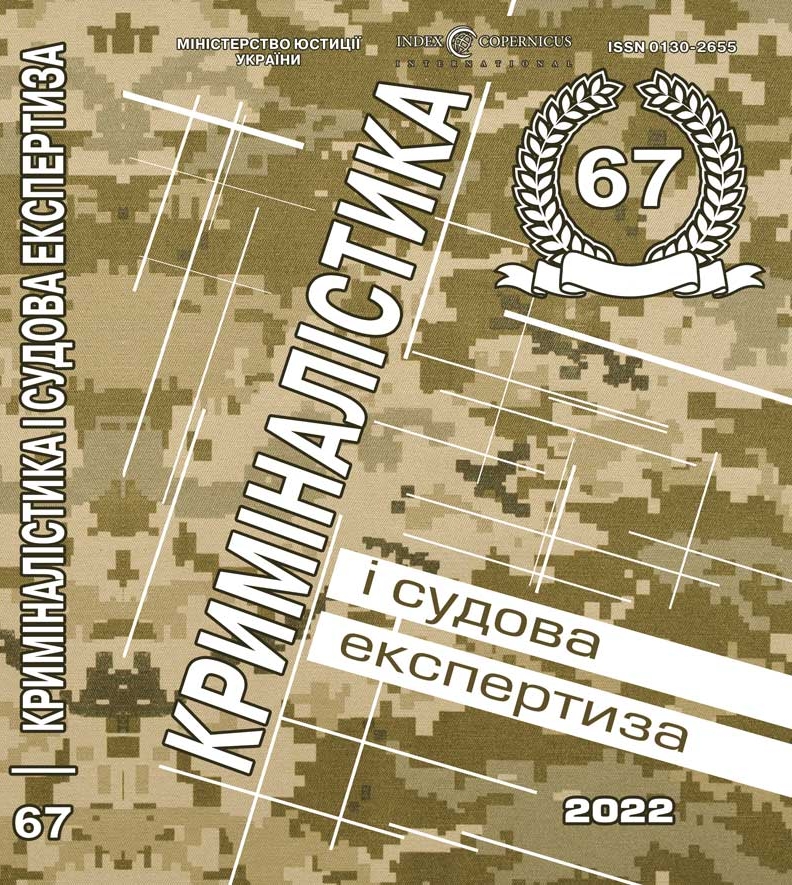DOI: https://doi.org/10.33994/kndise.2022.67.48
О. Borys. R. Pasko
The article deals with the formation of the organizational and methodological foundations for conducting fire-technical examinations carried out within the framework of administrative cases at the suit of state supervision (control) in the field of technogenic and fire safety on the implementation of response measures in the form of a complete or partial suspension of the operation of inspection objects.
It has been established that there are no clear assessment criteria for violations of norms and rules that determine the degree of threat to life and health of people as a result of exposure to fire hazards. The specified uncertainty causes the doubtfulness of evidence and limits the possibility of making procedural decisions when considering administrative cases regarding the implementation of response measures by supervisory (control) bodies. In accordance with the established by judicial practice, it becomes necessary to form sufficient evidence in a public law dispute using special knowledge in the field of fire safety through the adoption of decisions on the appointment of forensic fire and technical examinations. At the same time, a scientifically-based approach to conducting this kind of a fire-technical examination has not been established.
The problems of scientific and technical support of expert research are defined. The purpose, subject, object, tasks, algorithm, and research methods are formed. The basis of the proposed organizational and methodological approach to conducting fire-technical examinations is the algorithm of expert studies aimed at improving evidence-based information. The dialectical methods of expert research and the method of mathematical modeling are defined and proposed as tools for scientific and technical support of fire-technical expertise. The necessity of consistent integration into forensic activities of innovative approaches and technologies, which is the method of mathematical modeling, is substantiated.
The necessity of introducing a procedural procedure (a mechanism) of expert research is substantiated in order to ensure the staging, the legality of the formation of an expert opinion as evidence in an administrative case at the claim of state supervision (control) in the field of technogenic and fire safety on the implementation of response measures.
The need for further scientific research aimed at improving the activities of scientific and technical support of fire-technical examinations through the development, formation, and introduction into expert practice of the methodology for conducting relevant expert research has been proved.
Key words: fire-technical examination, fire safety, life/health, research methods,
evidence, response measures, supervision (control).

